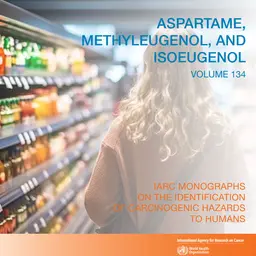
There is no shortage of scientific studies detailing the environmental impact of sunscreen products on marine ecosystems. But the one published in August in August 2019 in the Journal Environmental Science & Technology brings a new perspective, by showing how a sunscreen releases different metals and inorganic compounds into bathing waters, without being able to estimate their impact on aquatic organisms today.
Millions of people are hitting the beach slathered in sunscreen this summer. Some might choose “coral-safe” sunscreens that lack oxybenzone (Benzophenone-3) and octinoxate (Ethylhexyl methoxycinnamate), the two substances most widely linked to coral reef damage. However, scientists don’t yet know what effects other trace compounds in sunscreens might have on marine ecosystems.
As a first step, researcher Araceli Rodríguez-Romero and colleagues wanted to determine how quickly sunscreen releases trace metals and nutrients into seawater, and how sunscreen from beachgoers’ bodies could impact the overall levels of the compounds in coastal waters.
The researchers added a commercial, titanium-dioxide-containing sunscreen to samples of Mediterranean seawater and observed how droplets of the lotions released various metals and nutrients into the water. Some compounds entered the seawater more quickly after UV treatment, which simulated sun exposure. Aluminum, silica and phosphorous had the highest release rates under both light and dark conditions.
The team used these data to develop a model that predicts the release of compounds from sunscreen under different conditions. Then, they used the model to estimate that, on a typical summer day at the beach, beachgoers could increase the concentration of aluminum in coastal waters by 4% and of titanium by almost …













